
Assembly Tutorial- 3 Digits – Digital object counter DIY kit
🛠️ Dive into our collection of DIY Kits, 🔊 Audio Amplifiers, Digital Scoreboards, FM transmitters, and more! 🎶 Explore endless possibilities at our new store.
🛠️ Dive into our collection of DIY Kits, 🔊 Audio Amplifiers, Digital Scoreboards, FM transmitters, and more!
🎶 Explore endless possibilities at our new store.

🛠️ Dive into our collection of DIY Kits, 🔊 Audio Amplifiers, Digital Scoreboards, FM transmitters, and more! 🎶 Explore endless possibilities at our new store.

Two digits – Digital object counter DIY kit is one of the most popular kits designed by BuildCircuit. The kit is very popular among electronics beginners and intermediate circuit players. 🛠️ Dive into our collection of DIY Kits, 🔊 Audio Amplifiers, Digital Scoreboards, FM transmitters, and more! 🎶 Explore endless possibilities at our new store.

A single-transistor FM transmitter DIY kit is a simple electronic circuit that allows you to broadcast an audio signal wirelessly using frequency modulation (FM). Such kits are popular among electronics enthusiasts and hobbyists due to their simplicity and educational value. Let’s break down the working of a typical single-transistor FM transmitter: Components: Transistor: The heart…
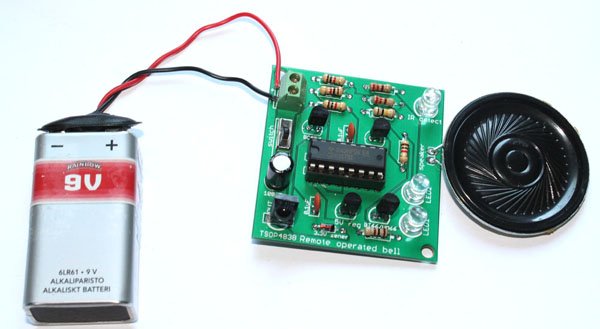
Remote operated musical bell is one of the interesting experiments every electronics hobbyist would like to make. We have made a very simple remote-operated musical bell DIY kit that requires your half an hour labor to make it work. It uses CD4017 decade counter, UM66 or BT66 musical chip and TSOP4838 infrared sensor as its…
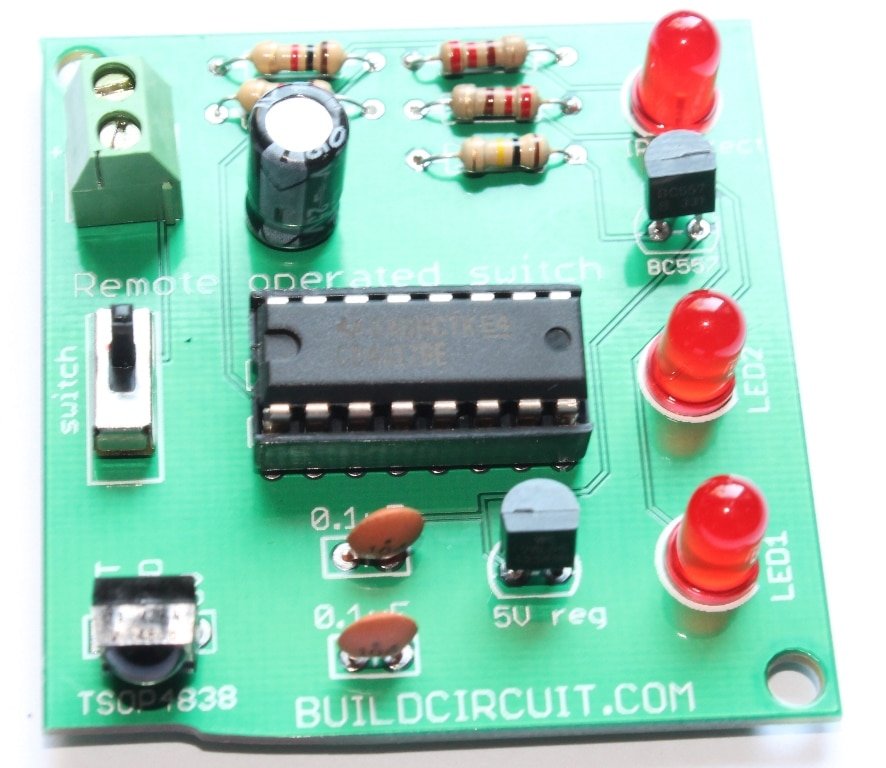
This is a simple do-it-yourself (DIY) remote operated switch. You can use this simple kit to turn ON/OFF a pair of LEDs. This has been designed basically as a learning kit. With this kit, you may learn about TSOP4838 infrared sensor and CD4017 versatile IC.
Introduction In an era characterized by rapid technological advancements and a growing emphasis on collaboration, open source principles have transcended the realm of software and made an indelible mark on hardware development. Open source hardware (OSH) represents a paradigm shift in innovation, fostering a community-driven approach that democratizes access to technology and enables a more…
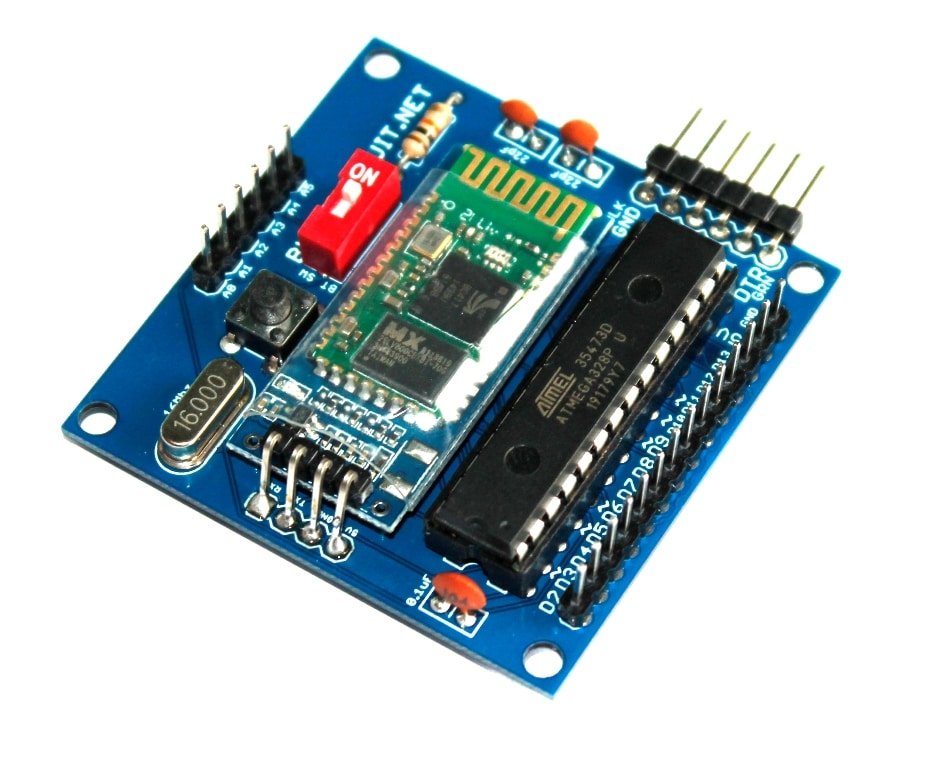
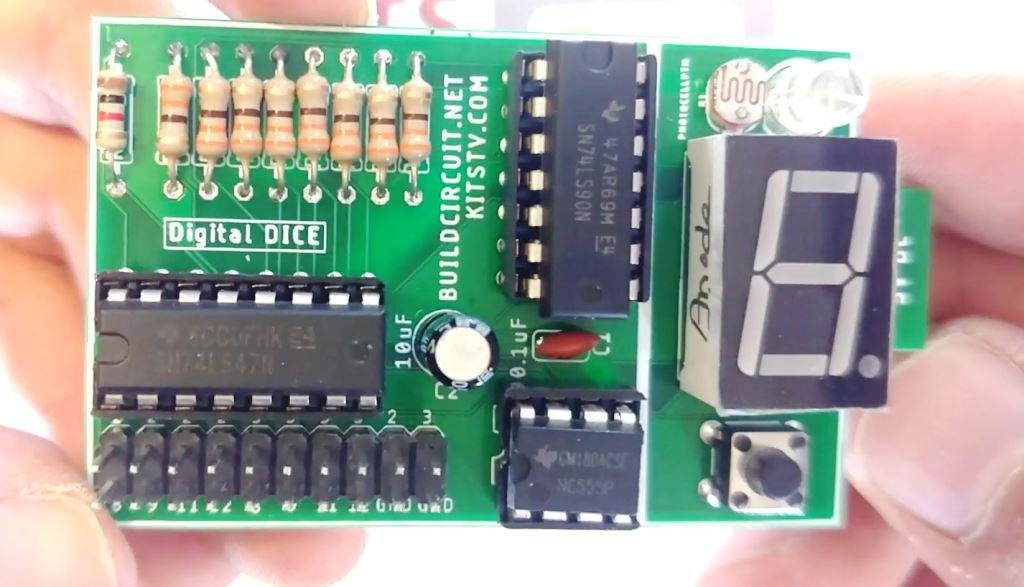
This is a different type of digital dice. We have previously seen electronic dice with 7 LEDs. In this project, we have a seven-segment display, not LEDs. When you press the tactile switch the numbers increase from 0 to 9, and when the switch is released it stops at a random number. Using the 2…
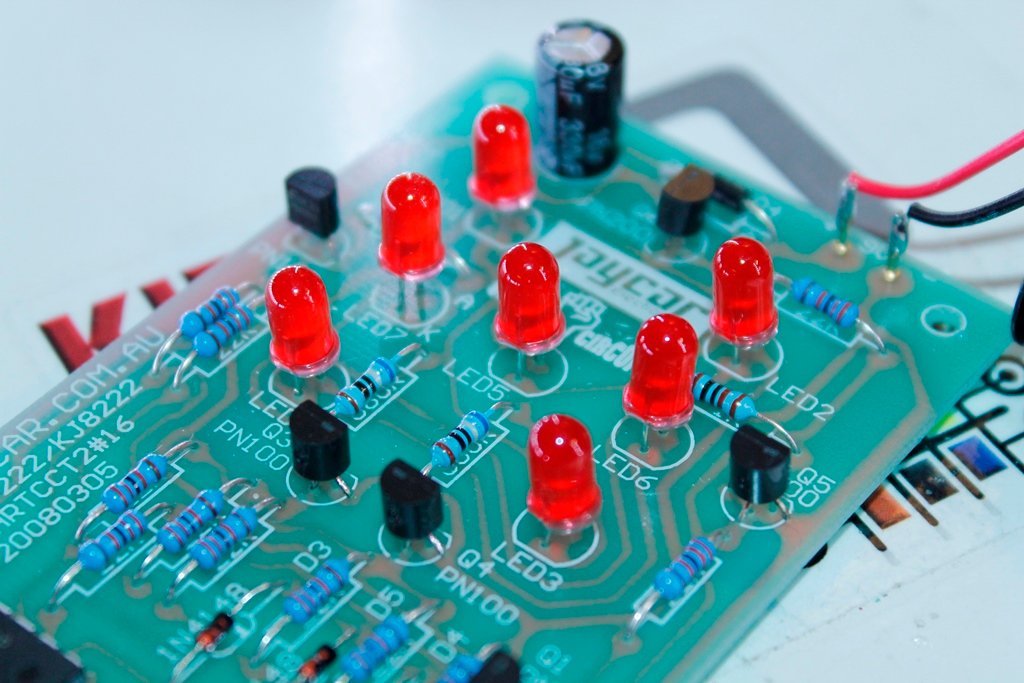
This is yet another electronic dice project from Jaycar. When you press the RED button on the PCB, all 7 LEDs flash for a while and the LEDs that stay on will represent numbers between 1 and 6. This is a basic learning kit for electronic beginners. Basic soldering skill is enough to build the…
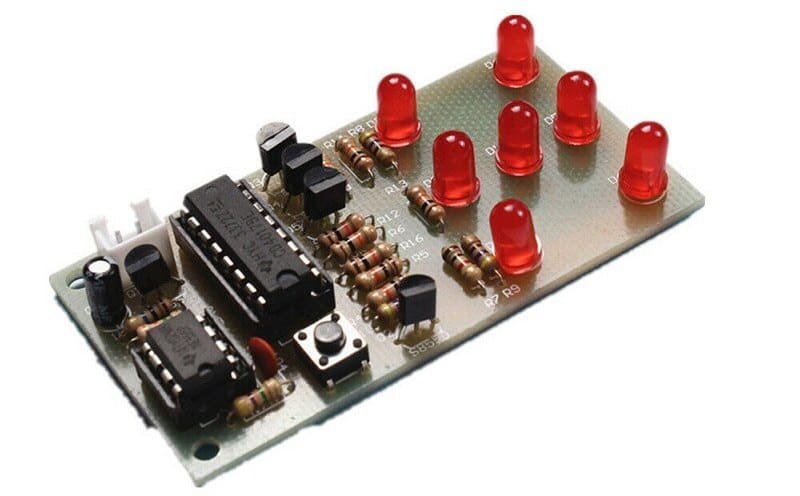
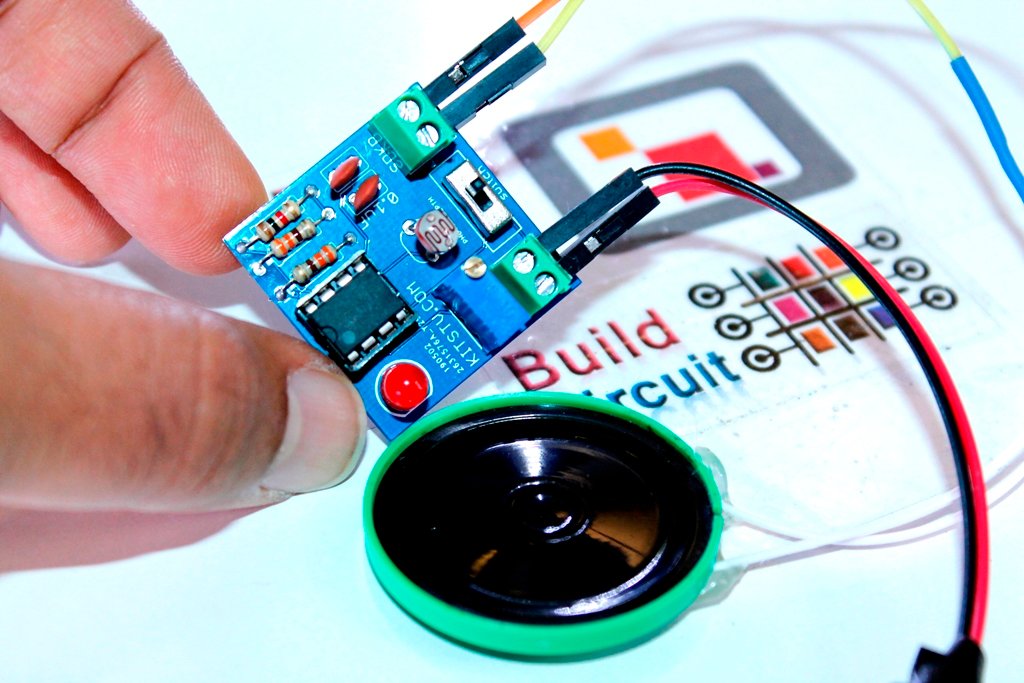
This is yet another NE555 based DIY kit for electronics beginners. A long time ago, I had published this project on this page: https://www.buildcircuit.com/sound-generator/ The electronic kit presented in this article is exactly the same circuit that I had published previously. The circuit is an astable mode timer. The output frequency of the NE555 varies…
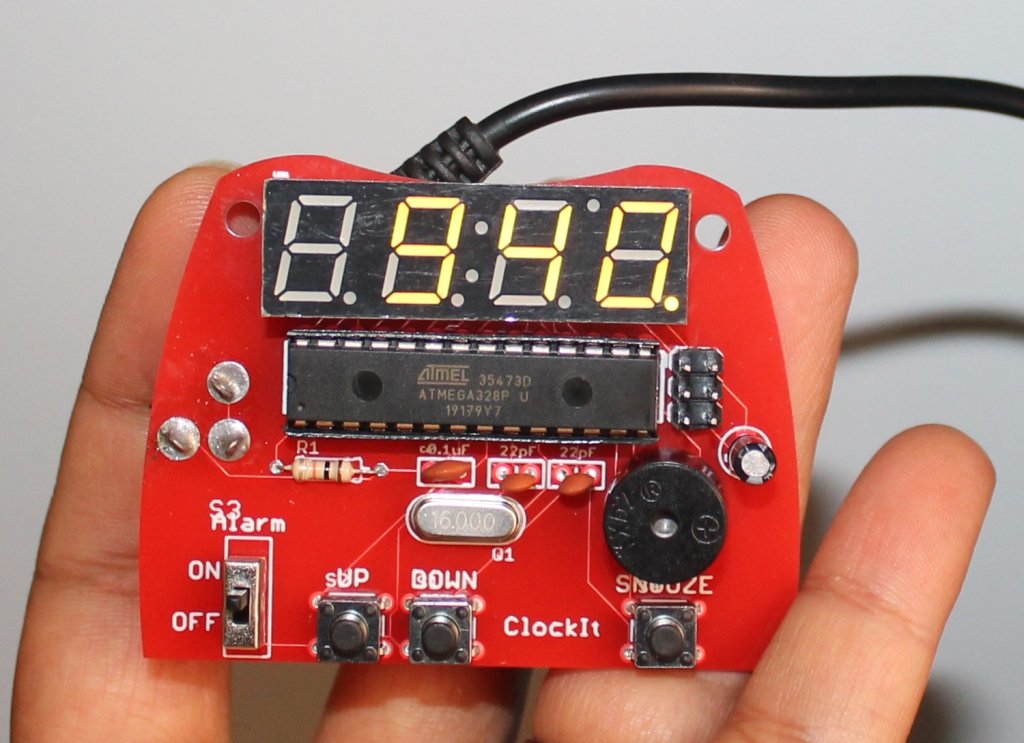
This is a great kit to learn the basics of soldering. The Sparkfun ClockIt is a basic alarm clock with buzzer based on the ever-popular ATMega328. If you’re just learning how to solder, this kit should take you 15-20 minutes. If you’re a weathered pro at soldering, this is a great relaxing build that should…
This is a basic up and down counter module for Arduino enthusiasts CD4029 is a presettable binary/decade up and down counter chip. Scoreduino app has a feature to control the CD4029 based up and down counter module. You can connect the CD4029 counter module to Arduino and send up and down signals via Bluetooth. It…
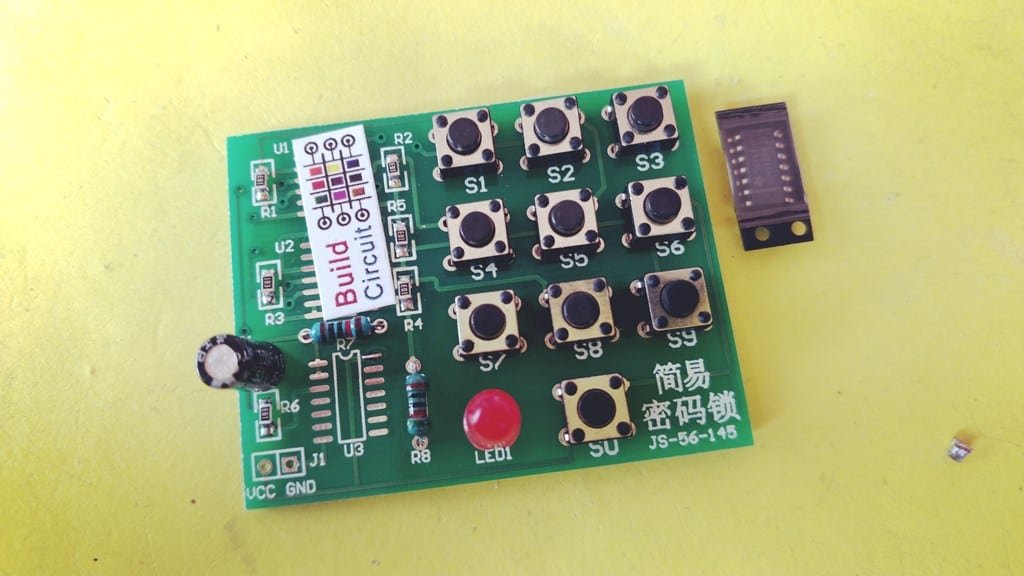
I found this small kit on Ebay. The kit is pretty easy to assemble. The following video shows the assembly steps. The kit actually turns on the LED when you press switches, 1, 4, 7, and 9. That’s it.

This is yet another TDA2030A based audio amplifier DIY kit. The kit is retired and not so popular these days. An excellent tutorial on this kit is published on this website.
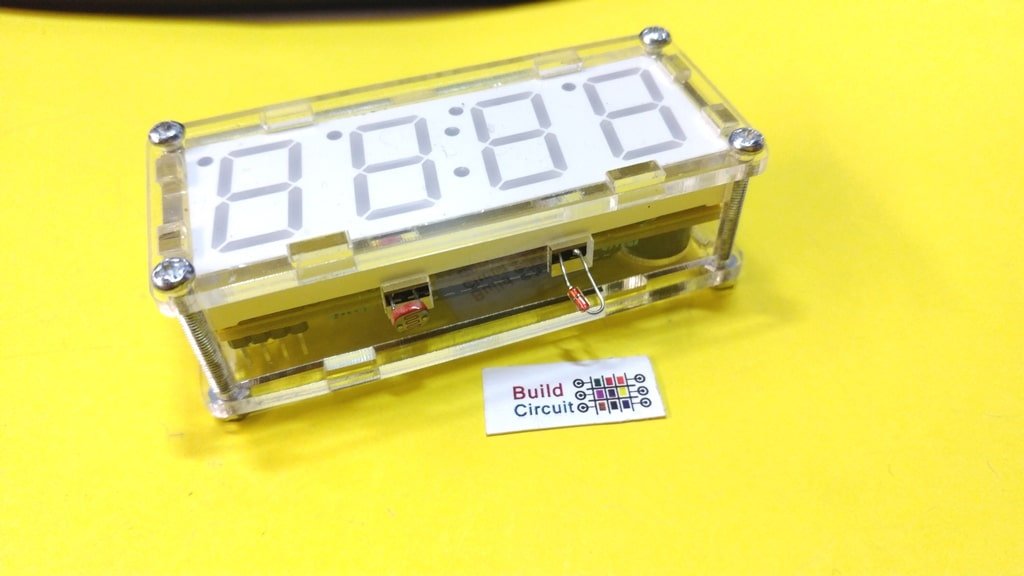
This is yet another digital clock DIY kit for electronics beginners. I have previously published several posts related to the digital clock. This kit is no different from those kits, it also displays time and the additional functions and temperature display and alarm. It also has a photoresistor which makes it sensitive to ambient light,…

This digital clock kit looks very much similar to this kit, the kit is actually slightly advanced than the previous kit. It has enough functionalities like any other regular clock. It is very accurate. It is an easy to build kit and perfect to start to develop your soldering skills. It uses the chip AT89C2051.
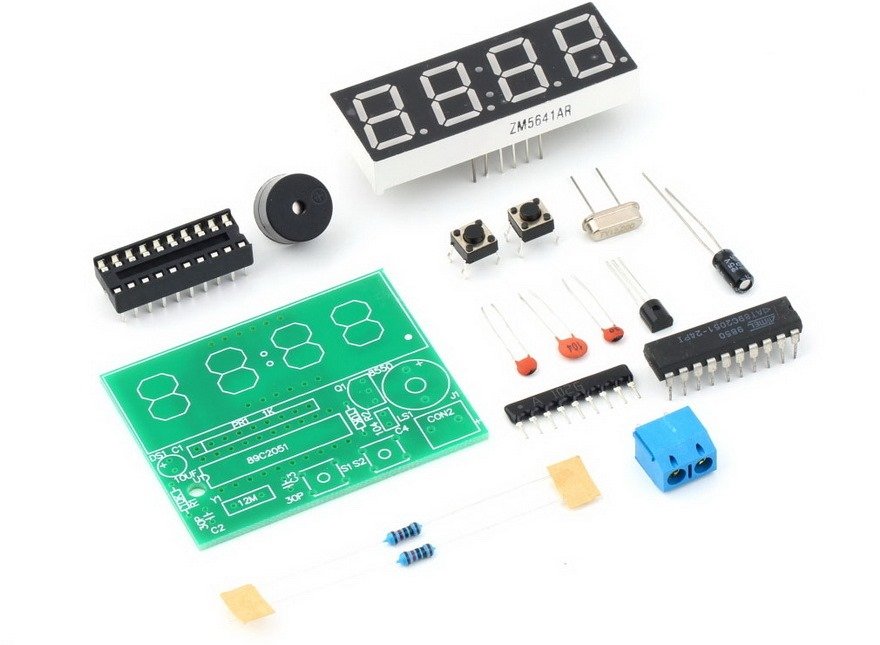
If you have come to this page directly from a search engine, visit this page first to know about this DIY digital clock kit. This assembly tutorial explains how to assemble the DIY digital clock kit. You will get the following components in the kit package: You will need basic soldering skills to assemble the…
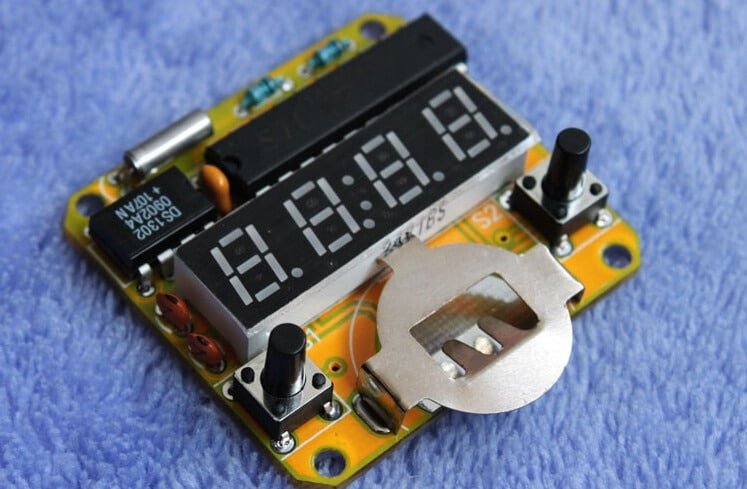
This is a simple wrist watch DIY kit for electronics hobbyists. Anyone with basic soldering experience can build the kit. This is a copy of Solder:Time watch kit from https://www.spikenzielabs.co. It uses DS1302 clock chip.